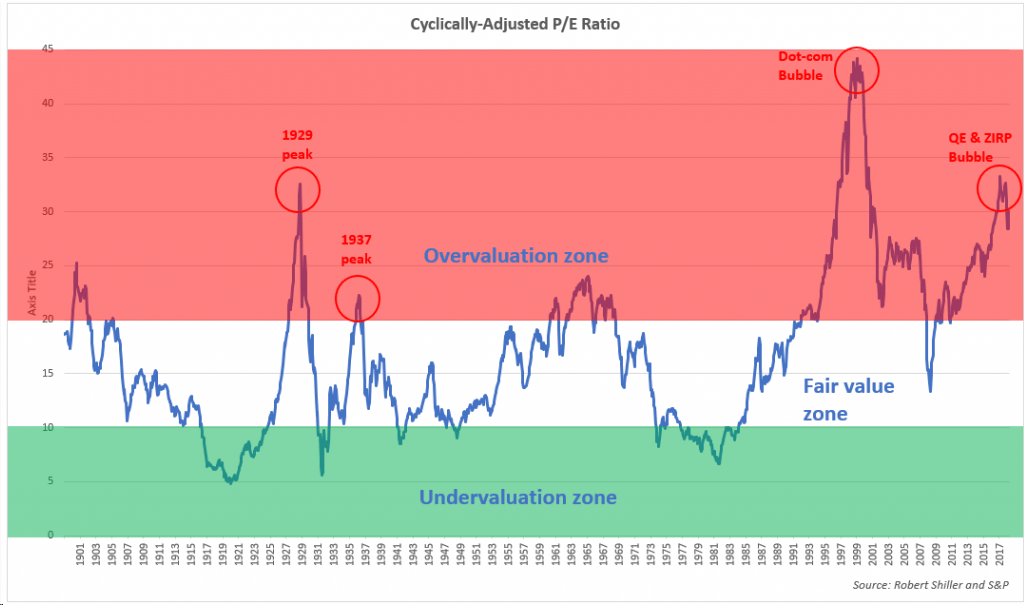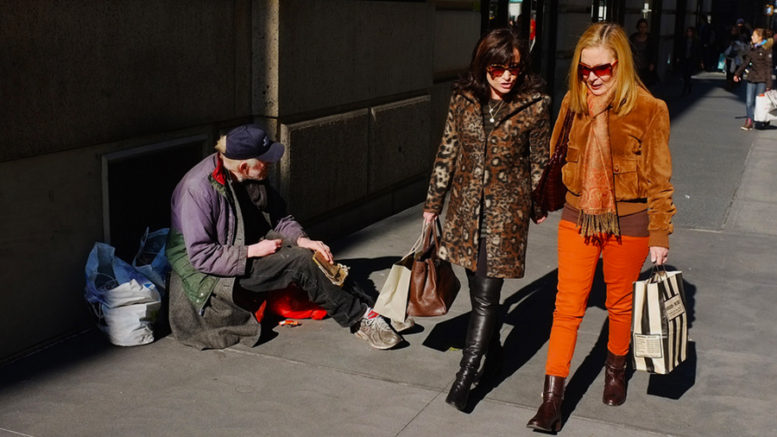Contributed by Joe Montero
After reading Andrew Keshner’s article (Barons 12 February 2019) titled, America’s one percent hasn’t had this much wealth since just before the Great Depression, I was motivated to write this response.
Keshner’s article points out some glaring truths, which draw parallels between what occurred in the 1920’S and what is happening now. It boils down to two things. The economy is over dependent on speculative bubbles and the gap between the top one percent and everyone else shot through the roof.
Although much of it is about the United States, the same can be said on a global scale and economies like Australia’s
There is a very worrying implication. In 1929, it led to the Wall Street crash. Are we headed down the same road again?
Keshner could have made some more comparisons outside the realm of economics. Back then was a time when people were beginning to lose patience with the political system, seen as corrupt and filled with politicians lining their own pockets. Ditto today. There was a growing craving for new answers, as the middle began to fall away, the idea of building a fairer society rose. So did fascism, as states began to corrode rights and the politics of hate were fanned. Sounds familiar?
We all know where it ended then.
Perhaps a lesson is that a sick economy and a trend towards the loss of our rights are two sides of the same coin.
The article is based on a paper from Gabriel Zucman, an economics professor at the University of California, and distributed by the National bureau of Economic Research.
Here are some of the points made.
In 1929, just before the crash, the richest 0.1 percent of adults owned 25 percent of the wealth. Today it is hitting almost 20 percent, which is an under estimation, with the rise of offshore tax havens and money laundering, making it very difficult to properly calculate the top end’s share.

Other researchers have found that the Great Depression did not help to equalise wealth distribution. While the income of those at the top went down by 4 percent, for other households it went down 20 percent.
Although the unemployment rate continues to go down according to the article, it does not factor in the rise of precarious employment. The pattern of not enough work has also returned.
The key is that the rise in inequality is in both the 1920’s and now, the growth in the wealth of the richest is based on an unsustainable bubble in the prices of assets like stocks and bonds. Sooner or later something’s got to give.
Bubbles over value assets, because they increase the quantity of money in circulation, without creating a matching rise in society’s material stock. Reliance on debt which cannot be paid off, rises in the long run.

Zucman’s argument is that to prevent going over the edge, the matter of the level of income inequality must be addressed. This provides grounds for supporting raising the tax level on the very rich.
But is it as simple as this? Left out, is why the problem came into existence in the first place. The cause is systemic. While redistribution through tax may build greater fairness and provide governments with financial resources for better economic management, both of which are worthwhile, leaving it at this, deals only with a symptom.
Plenty of evidence has been collected over the years to show that the rise in speculative bubbles occurs when the productive side of the economy slides, investment is withdrawn from it and the finance side of the economy becomes too big. The result is a reservoir of investment funds looking for a place to make a profit. If the return in the real economy is insufficient, the only alternative is speculative bubbles.
This is not sustainable, because it depends on the redistribution of what already exists and not real economic growth. It is paid for by borrowing. Rising values of stocks and bonds are artificial and therefore not sustainable.
At a point, the financial market becomes increasingly unstable, risk taking and what had been considered unsavoury practices become increasingly commonplace. We saw the subprime crash in the United States a little more than a decade ago. In Australia, the behaviour of the banks resulted in the revelations coming out of the Royal Commission. Almost no one likes bad behaviour. But it didn’t occur out of the blue. It came, because of the weakness of the underlying economy. And this weakness is that the unfettered rule of the market has resulted in imbalances in the distribution of in the factors of production (labour and capital) leading to a fall in the per unit return on investment; disruption in the distribution of goods and services, and disharmony between the real and financial economies.
Unless these matters are addressed, whatever else is done, is only putting a band aid on a serious wound. It will not make a great deal of difference.
More even income distribution will help create the conditions for increasing demand, but it will not do so without the other existing imbalances being addressed.
The implication is, that there must be at least a major increase in the regulation of the finance industry, primarily for the purpose of rebuilding the real economy in a way that takes us to a better future. Finance must be brought into line with real needs and reduced to the size that matches what is required by the real economy.
Positive action requires a national plan. Like in any endeavour, it is important to know where your going. Although individuals contribute, this is essentially matter for the whole of society to achieve together. It requires a shared purpose. Such a plan would be based how to achieve thee priority goals that we agree upon.
In the 1920’s governments did not take these steps. They are not doing it today. This is another similarity between then and now.


Be the first to comment on "Like in the 1920’s the rich get richer and the rest of us get left worse off"